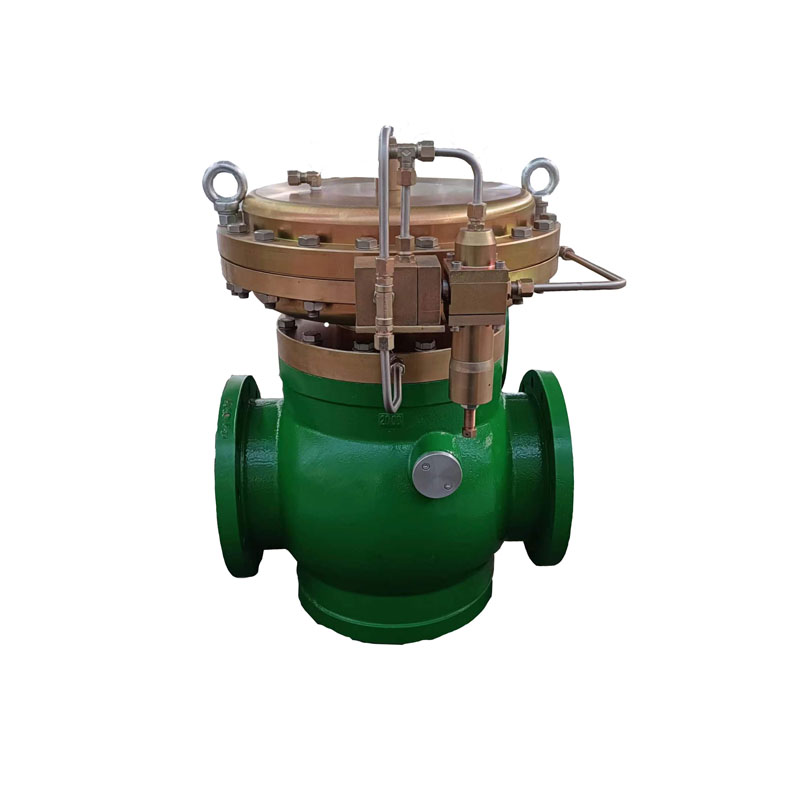
Nov . 06, 2024 08:41
Back to list
Natural Gas Pressure Regulation Facility for Safe Distribution and Management
Natural Gas Pressure Reducing Station An Essential Component of Energy Infrastructure
Natural gas plays a crucial role in today's energy landscape, powering homes, industries, and transportation. However, before this vital resource reaches end-users, it undergoes various processes to ensure its safe and efficient delivery. One essential component of this infrastructure is the natural gas pressure reducing station. This article will delve into the functions, importance, and operational aspects of these stations.
A natural gas pressure reducing station, often abbreviated as PRS, is designed to control the pressure of natural gas flowing through pipelines. The gas is transported at high pressures to facilitate movement through vast distances, but as it approaches the end-user, the pressure needs to be reduced to safe and usable levels. Typically, the reduction occurs in stages to ensure a smooth transition and prevent sudden drops in pressure, which could disrupt service or damage equipment.
The primary function of a PRS is to maintain optimal pressure for customers while ensuring safety and compliance with regulatory standards. High-pressure gas can pose significant risks, including leaks and explosions, making the work of pressure reducing stations paramount. Equipped with pressure regulators, safety valves, and monitoring devices, these stations are engineered to handle various conditions and demands effectively.
One of the integral components of pressure reducing stations is the pressure regulator. This device automatically adjusts the gas flow to maintain the desired outlet pressure, regardless of fluctuations in upstream pressure. By performing this function, regulators ensure a stable supply of natural gas, which is critical for residential heating, cooking, and industrial processes. Safety valves are also critical in these establishments, providing an extra layer of protection by releasing excess pressure that could potentially lead to dangerous situations.
natural gas pressure reducing station

Apart from safety and efficiency, PRS contributes to the economic aspects of the energy sector. By enabling reliable delivery of natural gas at appropriate pressures, these stations help maintain stable energy prices for consumers. Moreover, they facilitate the integration of natural gas into the broader energy mix, allowing for a smoother transition to renewable energy sources as the demand for cleaner fuels rises.
Operationally, pressure reducing stations are equipped with advanced monitoring technologies that provide real-time data about pressure levels, flow rates, and system integrity. This data is crucial for operators to make informed decisions about system management, preventative maintenance, and emergency response. By employing smart technology, operators can predict potential failures before they occur, thereby reducing downtime and ensuring the reliability of gas supply.
Additionally, environmental considerations are increasingly influencing the design and operation of pressure reducing stations. Operators strive to minimize the environmental impact by incorporating energy-efficient technologies and implementing rigorous emission control measures. This commitment to sustainability not only reduces the carbon footprint of gas distribution but also enhances public trust in natural gas as a reliable energy source.
In conclusion, natural gas pressure reducing stations play a vital role in the energy infrastructure by ensuring the safe and efficient delivery of natural gas to consumers. With their critical functions of pressure regulation and safety assurance, these stations are fundamental to the reliability of the entire gas distribution system. As the need for sustainable and reliable energy sources grows, the ongoing development and optimization of pressure reducing stations will continue to be a focal point in the natural gas industry, supporting both economic stability and environmental responsibility. As we move towards a more integrated energy future, the importance of these stations is only expected to rise, underscoring their role as invisible yet essential pillars of modern energy systems.
Latest news
-
Safety Valve Spring-Loaded Design Overpressure ProtectionNewsJul.25,2025
-
Precision Voltage Regulator AC5 Accuracy Grade PerformanceNewsJul.25,2025
-
Natural Gas Pressure Regulating Skid Industrial Pipeline ApplicationsNewsJul.25,2025
-
Natural Gas Filter Stainless Steel Mesh Element DesignNewsJul.25,2025
-
Gas Pressure Regulator Valve Direct-Acting Spring-Loaded DesignNewsJul.25,2025
-
Decompression Equipment Multi-Stage Heat Exchange System DesignNewsJul.25,2025

